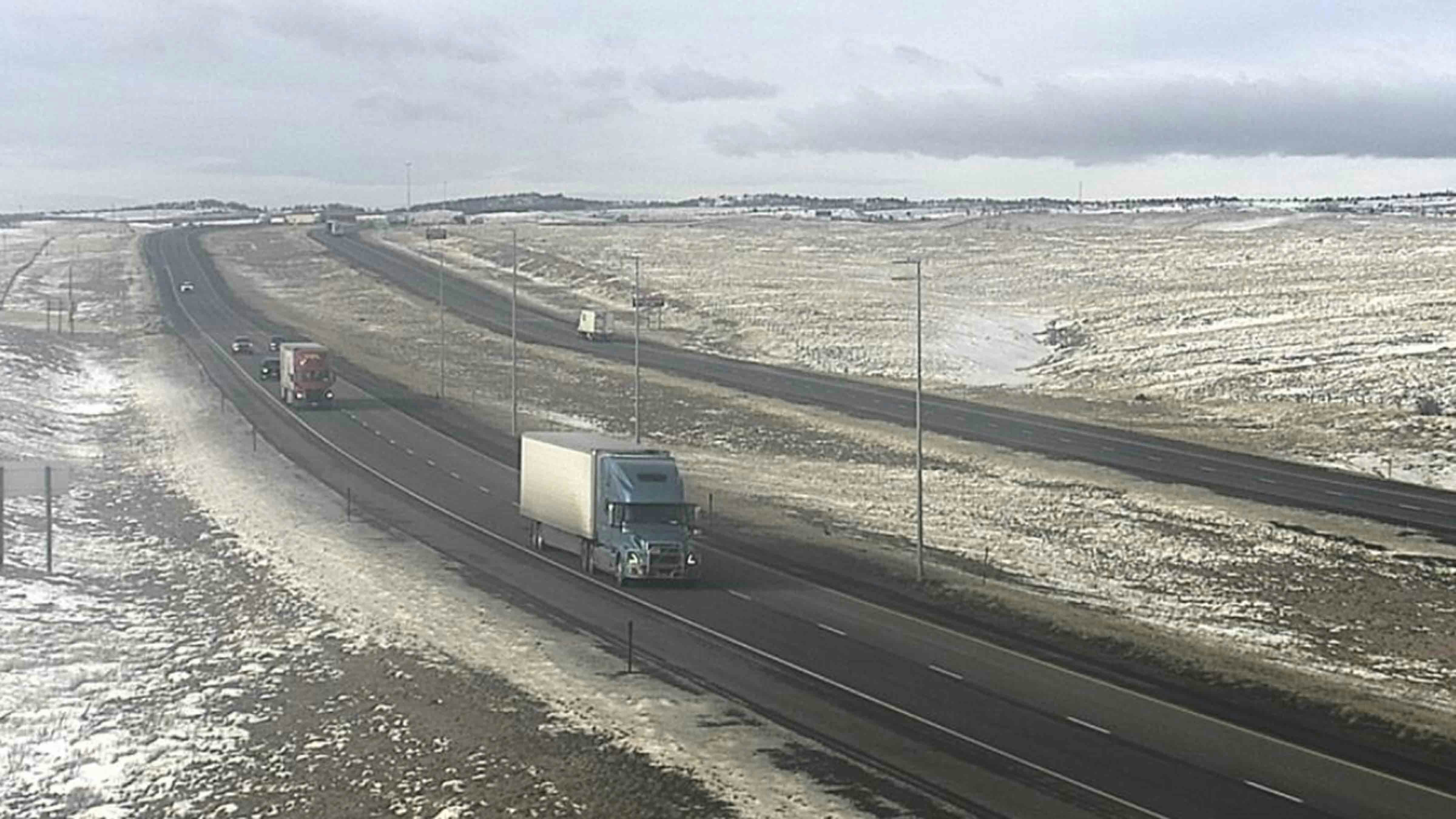U.S. Highway 20 was thoroughly immersed in darkness when Winnie Molnar left Worland last Saturday night. That’s why she was surprised to have her route illuminated by several beams of light shining up into the sky.
“I saw light pillars all the way from Worland to Basin,” she said. “I’ve seen photos of them before but never saw them in person.”
Molnar stopped to take photos of places where the light stretched like skyscrapers into the starless sky. It was a chilling sight for her, considering the temperature was below freezing.
“It was under 20 degrees that night,” she said. “Very cold.”
Getting cold feet is a requirement to see and photograph light pillars. They’re not rare, but only happen under particular atmospheric conditions.
Straight To The Sky
Pinedale photographer Dave Bell is a big fan of light pillars. He described an image he captured of sky-high beams over Pinedale in 2017 as “one of my most famous photographs.”
“They were just incredibly vivid and colorful,” he said. “It happened in the early evening, right after a three-day snowstorm. Streetlights, house lights, business lights, and car lights were sending pillars straight up into the air, reflecting the color of their light.”
Despite the subzero temperatures that night, Bell stayed out for hours, capturing images of the pillars while they remained. He’s seen and shot several light pillars since then, but that night has yet to be topped.
“I've seen them a number of times since then, over Pinedale and elsewhere, but never to the brilliance that we had that night,” he said.
Hexagonal Ice
Light pillars are simple enough to explain. Ice crystals formed in the cold, calm night air reflect the light of nearby power plants, houses, or anything else in the area.
That said, it takes more than a cold night and airborne ice crystals to create light pillars. Cowboy State Daily meteorologist Don Day said the phenomenon occurs only under specific conditions.
“You need light or calm winds and temperatures in the teens, single digits, or lower,” he said. “If conditions are right, the ice crystals that will form take on a hexagon shape. They look like hexagonal prisms under a microscope, and the reflected light mimics the shape of those crystals.”
Day said light pillars are more common in “low spots,” like river valleys and basins where conditions can get colder and calmer. That’s why he wasn’t surprised that Molnar spotted so many between Worland and Basin.
“There are a lot of low spots along that route where the Bighorn River cuts through,” he said. “You won’t get light pillars when it’s 28 or 29 degrees. When we get these really cold nights, that’s when you see them.”
Camera Friendly
Bell took his famous photo of Pinedale’s light pillars with a 15 mm wide-angle lens. Molnar took photos of her light pillar with her phone.
The point is that light pillars are easy to see and shoot. Unlike the specific camera settings and experience needed to get good shots of auroras or the Milky Way, they are easy to see.
“These things are very visible by the eye,” Bell said. There's no mistaking them.”
Bell did have one piece of professional advice for anyone who wants a perfect shot of light pillars – get a tripod.
“Tripods are the key to night photography,” he said. “These new cell phones are pretty amazing with what they can capture, and light pillars are very visible, but you have to keep the camera still.”
Anyone who’s tried to get a still shot of an aurora holding their iPhone can attest to the difficulty of staying still.
Nevertheless, now’s the best time of year to see and shoot light pillars. With the right calm and cold conditions, there should be no shortage of them in Wyoming this winter.
“Back in the boom, when I was still traveling a lot, I'd come back from Rock Springs on one of those cold nights and see light pillars coming off 20 drilling rigs on the southern end of the mesa,” Bell said. “It was pretty doggone spectacular.”
Andrew Rossi can be reached at arossi@cowboystatedaily.com.








